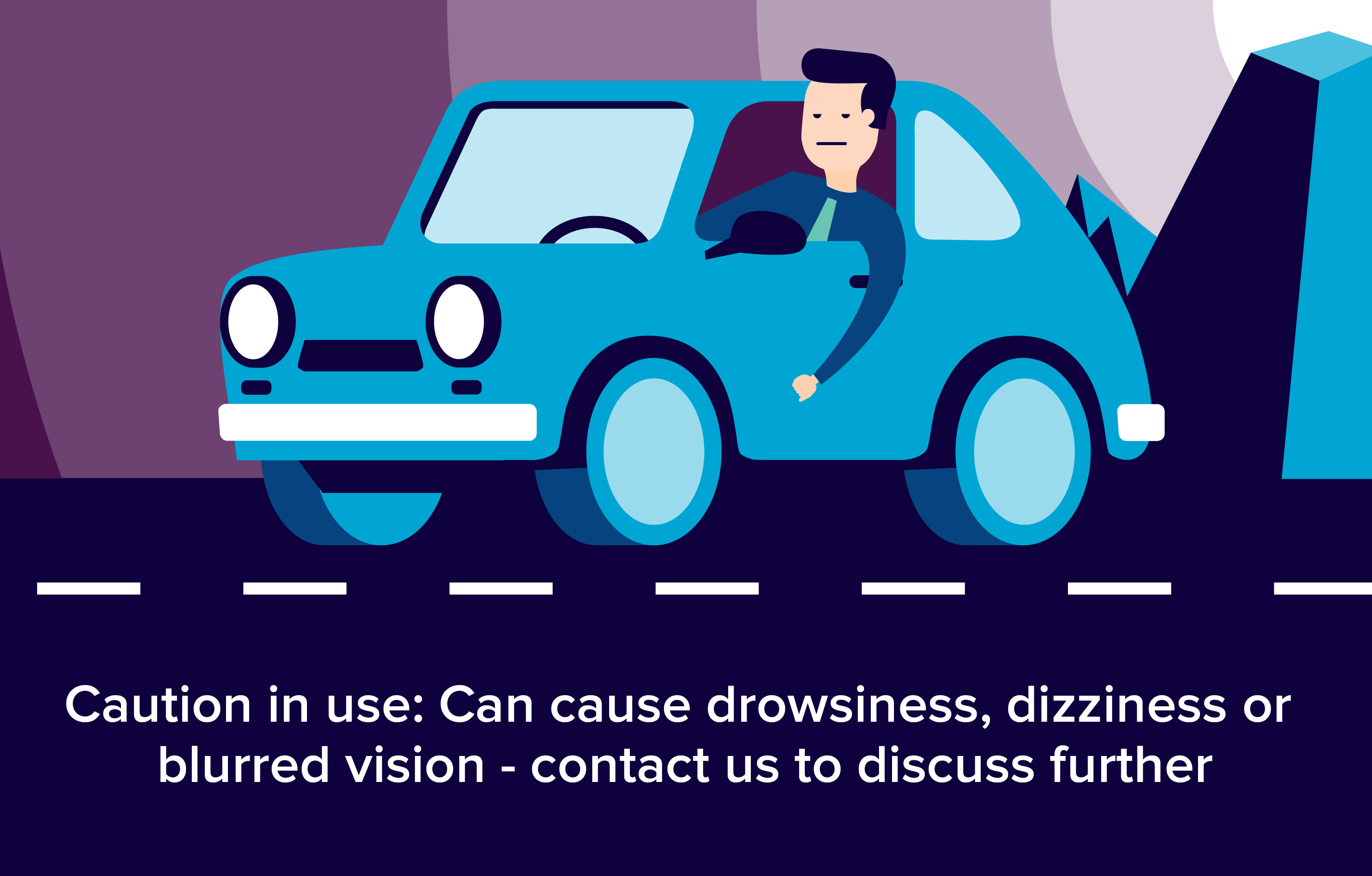Starlix is a medicine to lower blood sugar (glucose), which is taken by mouth (these medicines are also known as oral antidiabetics). It is used by people with type 2 diabetes. (This kind of diabetes is also called noninsulin- dependent diabetes mellitus.)

Why have I been prescribed Starlix?
- Starlix is a medicine to lower blood sugar (glucose), which is taken by mouth (these medicines are also known as oral antidiabetics).
- It is used by people with type 2 diabetes. (This kind of diabetes is also called noninsulin- dependent diabetes mellitus.)
How does it work?
Insulin is a substance produced by a body organ called the pancreas. It helps to decrease blood sugar levels, especially after meals. In patients with type 2 diabetes, the body may not start producing insulin quickly enough after meals. Starlix works by stimulating the pancreas to produce insulin more quickly. This helps to keep the blood sugar controlled after meals.
When and how do I take it?
Always take Starlix exactly as your doctor has told you. You should check with your doctor or pharmacist if you are not sure.
When to take Starlix: Take Starlix before the three main meals, usually:
- 1 dose before breakfast
- 1 dose before lunch
- 1 dose before dinner
It is best to take it right before a main meal but you can take it up to 30 minutes before. Do not take it if you are not going to eat a main meal. If you miss a meal, skip that dose of Starlix and wait until your next meal.
Swallow the tablets whole with a glass of water before the meal.
What’s the dose?
- Take Starlix as your doctor told you to. Your doctor will determine the dosage you require.
- The usual dose of Starlix to start with is 60 mg before the three main meals. In some cases your doctor may prescribe higher doses.
- The recommended maximum daily dose is 180 mg three times daily to be taken before the three main meals.
Could it interact with other tablets?
Please tell your doctor or pharmacist if you are taking or have recently taken any other medicines, including medicines obtained without a prescription.
The amount of Starlix that you need may change if you take other medicines as these may cause your blood sugar levels to go up or down.
It is especially important that you tell your doctor or pharmacist if you are taking:
- Beta blockers or angiotensin-converting enzyme inhibitors (used, for example, to treat high blood pressure and certain heart conditions).
- Diuretics (used in the treatment of high blood pressure).
- Corticosteroids such as prednisone and cortisone (used to treat inflammatory disorders).
- Inhibitors of drug metabolism such as fluconazole (used to treat fungal infection), gemfibrozil (used to treat dyslipidaemia) or sulfinpyrazone (used to treat chronic gout).
Your doctor may adjust the dose of these medicines.
Herbal products should also only be taken after talking with your doctor.
What are the possible risks or side-effects?
Like all medicines, Starlix can cause side effects, although not everybody gets them. The side effects caused by Starlix are usually mild to moderate.
The most common side effects are symptoms of low blood sugar (hypoglycaemia), which are usually mild. These include:
- sweating,
- dizziness,
- shaking,
- weakness,
- hunger,
- feeling your heart beating fast,
- tiredness,
- feeling sick (nausea).
They can also be caused by lack of food or too high a dose of any anti-diabetic medicine you are taking. If you do get symptoms of low blood sugar, eat or drink something containing sugar.
Abdominal pain, indigestion, diarrhoea, nausea and vomiting have been reported.
Rare effects are mild abnormalities in liver function tests and allergic (hypersensitivity) reactions such as rash and itching.
A very rare effect is skin rash with blisters affecting the lips, eyes, mouth, sometimes with headache, fever and/or diarrhoea.
Can I drink alcohol while taking it?
Alcohol may upset the control of your blood sugar so you are advised to talk to your doctor about drinking alcohol while taking Starlix.
What if I’m pregnant/breastfeeding?
- Do not take Starlix if you are pregnant or planning to become pregnant. See your doctor as soon as possible if you become pregnant during treatment.
- Do not breast-feed during treatment with Starlix.
If you have any more questions please ask your Pharmacist.
Remember to keep all medicines out of reach of children
Please Note: We have made every effort to ensure that the content of this information sheet is correct at time of publish, but remember that information about drugs may change. This sheet does not list all the uses and side-effects associated with this drug. For full details please see the drug information leaflet which comes with your medicine. Your doctor will assess your medical circumstances and draw your attention to any information or side-effects which may be relevant in your particular case.
References:
http://www.drugs.com/starlix.html
http://www.rxlist.com/starlix-drug.htm
https://www.pharma.us.novartis.com/product/pi/pdf/Starlix.pdf
http://www.medicinenet.com/nateglinide/article.htm

